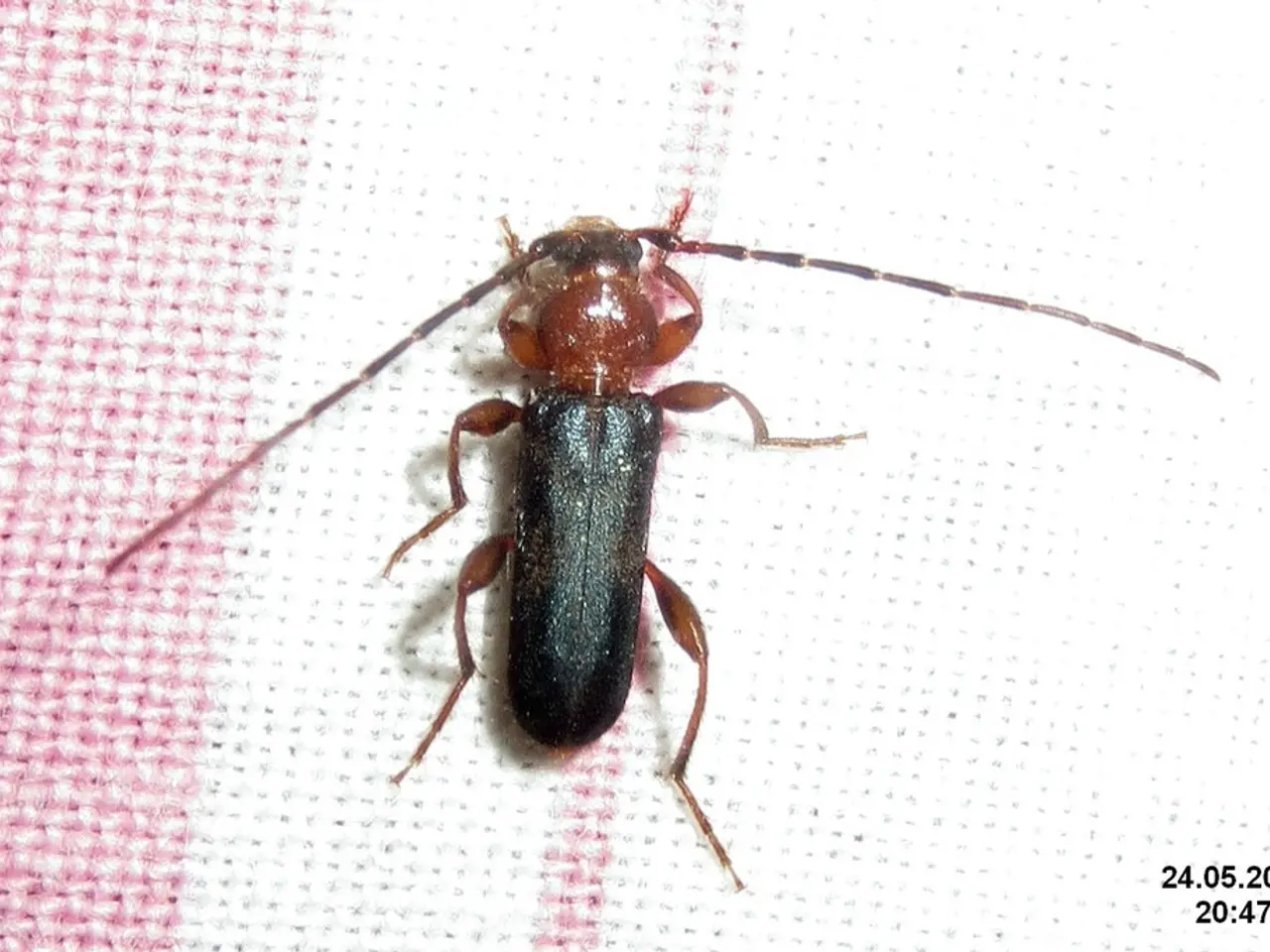Top 15 Efficient Nematodes Ideal for Grub Control, Proven Effective
In the ongoing battle against garden pests, a new ally has emerged: beneficial nematodes. These microscopic organisms offer a natural, eco-friendly solution for controlling grubs and white grubs, providing gardeners and homeowners with an alternative to chemical pesticides.
**Fast, Broad-Spectrum Pest Management**
Products like Pro Grub Control 32oz Concentrated Insecticide and Scotts GrubEx1 Season-Long Grub Killer offer fast, broad-spectrum pest management for trees, shrubs, and turf. These products provide long-lasting results, offering up to four months of protection against grubs and other pests with just one application.
**Targeted Nematode Solutions**
When it comes to beneficial nematodes, choosing the right species is essential. Three main species—Heterorhabditis bacteriophora, Steinernema carpocapsae, and Steinernema feltiae—are often combined in formulations for broad-spectrum control.
Heterorhabditis bacteriophora, in particular, is effective at targeting grubs such as Japanese beetles, June bugs, root weevils, and other root-feeders. It penetrates deeply into the soil, where these pests live and feed. Steinernema carpocapsae primarily controls pests in the topsoil, including cutworms, armyworms, and borers, while Steinernema feltiae targets upper soil and surface pests such as fungus gnat larvae, thrips pupae, and shore flies.
Using a blend of these nematodes, known as the Triple Blend, provides effective control across multiple soil layers and pest types, ensuring protection at all pest life stages—eggs, larvae, and pupae.
**Ideal Application Conditions**
The success of nematode application depends on several factors. Timing is crucial, with spring and late summer being optimal times because grubs move upward to feed on roots during these periods. Soil temperature should ideally be above 50°F for nematode activity and grub feeding. Moisture is also essential, with nematodes requiring moist soil to move and infect pests. After application, watering in with about 1/4 inch of water is critical to help nematodes penetrate the soil and avoid UV degradation.
Application methods can vary, with nematodes being applied as a liquid suspension to soil or as granules. Regardless of the method, distributing them evenly and watering in immediately is essential for successful pest control. Applying nematodes when there is a significant grub population ensures that the nematodes encounter enough hosts to establish and sustain their population in the soil.
**Additional Biological Controls**
Besides nematodes, other biological options like Bacillus thuringiensis var. galleriae (marketed as GrubGONE) target soil grubs and build up soil populations for long-term control without harming pollinators or beneficial insects.
In conclusion, beneficial nematodes offer a natural, effective solution for controlling grubs and white grubs. By choosing the right nematode species and applying them under the right conditions, gardeners can enjoy a chemical-free, eco-friendly approach to pest control.
Incorporating beneficial nematodes into your lifestyle could mean a healthier home-and-garden environment, as they offer a natural alternative to chemical pesticides for controlling grubs and white grubs. For instance, when combined, the three main species Heterorhabditis bacteriophora, Steinernema carpocapsae, and Steinernema feltiae, form the Triple Blend, providing effective control across multiple soil layers and various pests. On the other hand, sports enthusiasts might find that maintaining pet-friendly outdoor spaces is just as important as their favorite activities. By understanding the ideal application conditions of nematodes, such as soil temperature, timing, and moisture, pet owners can apply these eco-friendly pest solutions to ensure a safe, chemical-free play area for their furry friends.




